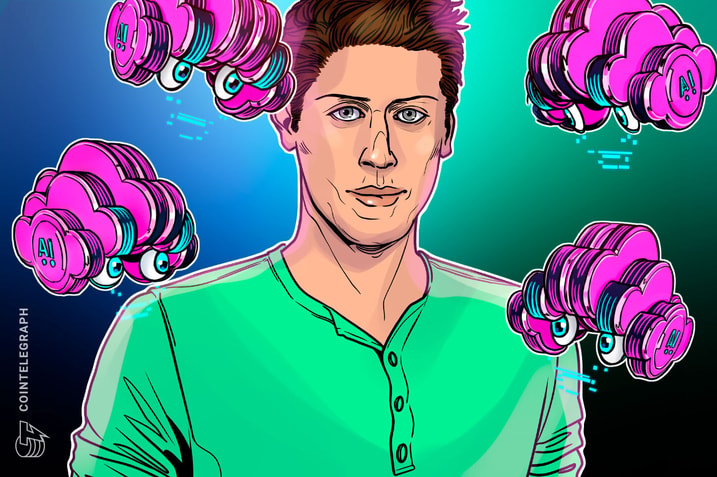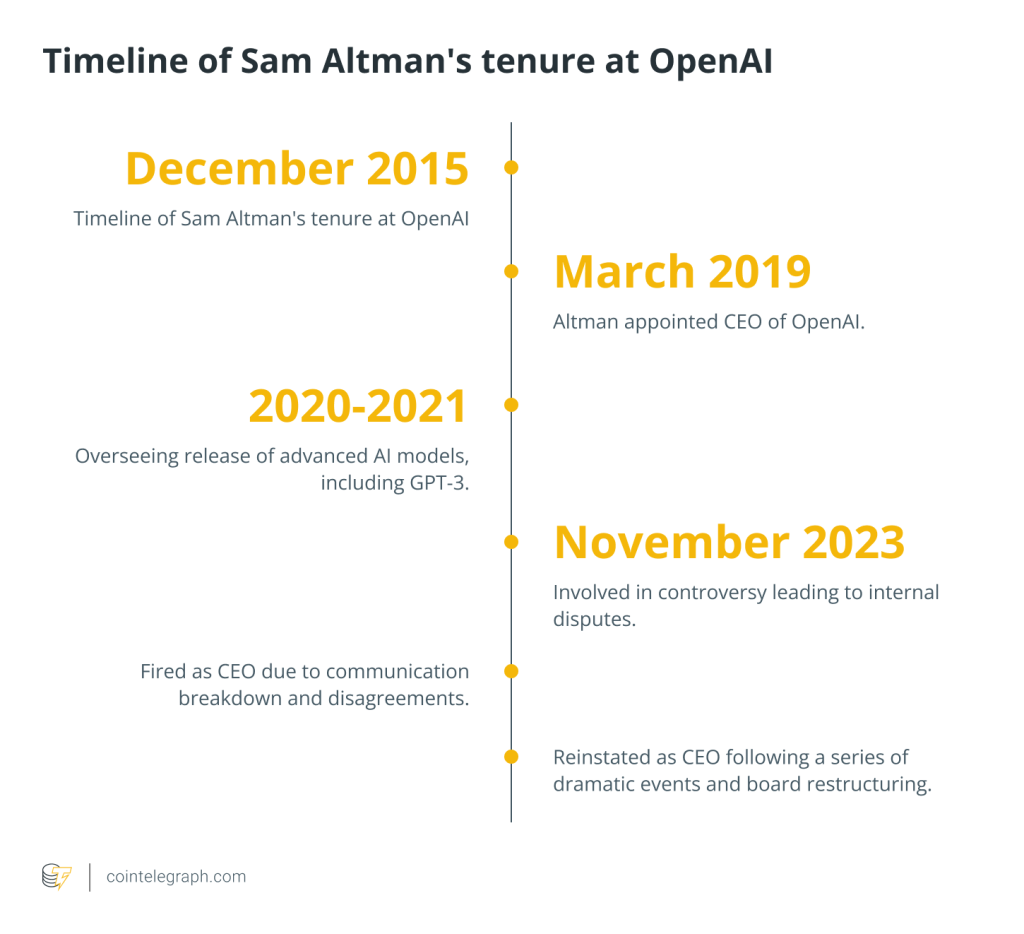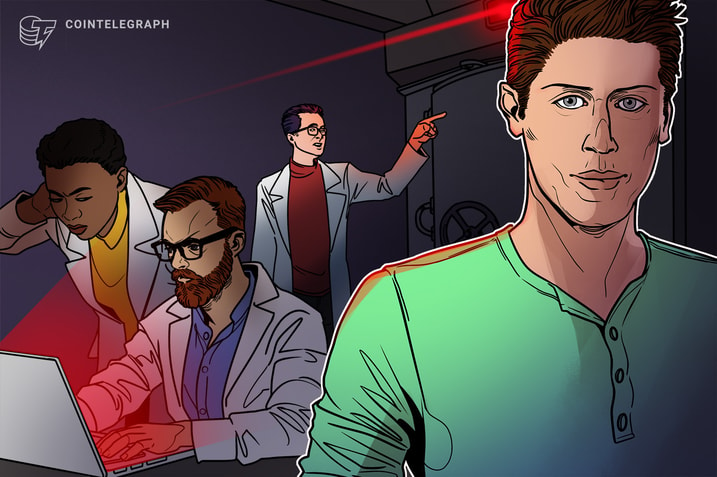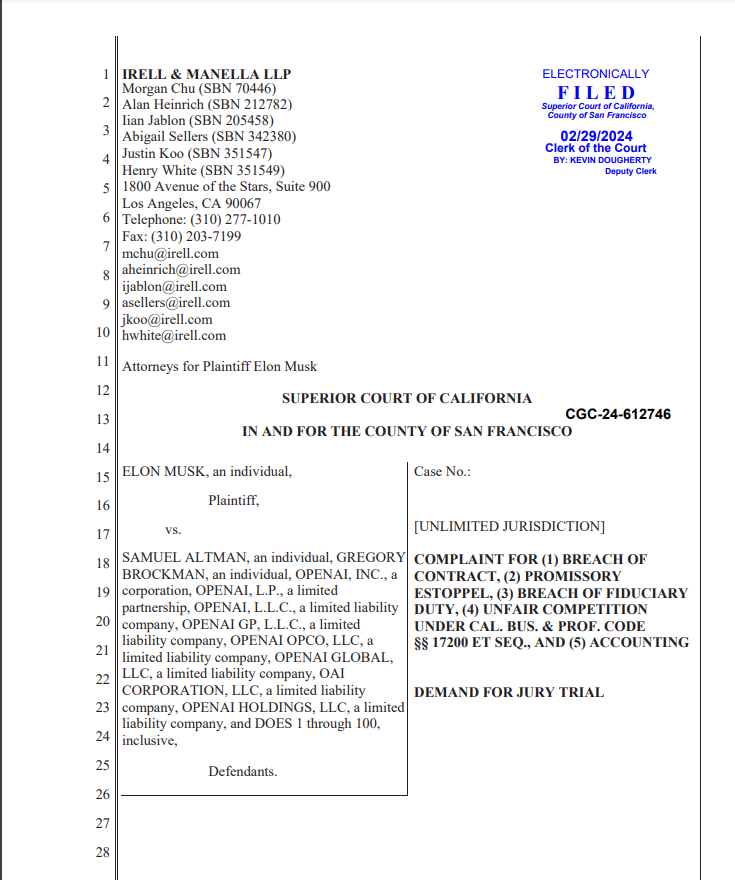OpenAI CEO Sam Altman says there’s no way to build future AI without energy breakthrough

Altman’s touting fusion as the way forward after investing $375 million in a fusion energy company in 2021.

The future of artificial intelligence (AI) could depend on an ambitious yet uncertain form of energy that doesn’t quite exist today, at least according to OpenAI CEO Sam Altman.
Speaking during events at the World Economic Forum in Davos, Altman revealed that it was his belief that future AI would require massive amounts of power and that “there’s no way to get there without a breakthrough.”
He went on to explain that this challenge “motivates us to go invest more in fusion.”
Artificial intelligence
Current methods for developing the world’s most popular large-language AI models (LLMs), such as OpenAI’s ChatGPT and Anthropic’s Claude, involve the combined use of tens of thousands of graphical processing units (GPUs), similar to the ones used in gaming PCs.
The power requirements for these training cycles are incredibly high compared to most similar applications. Even post-training, the largest LLMs use up a significant amount of resources.
Related: Elon Musk ‘uncomfortable growing Tesla to be a leader in AI’ without 25% voting control
Experts, including Altman, predict that we’ll either need to revolutionize how we train and run the largest AI models or we’ll need to find a way to create more sustainable energy than is currently possible using today’s technologies.
Fusion energy
The concept of fusing atoms together to create energy goes back to 1879 and the discovery of plasma, a form of ionized gas, by British chemist Sir William Crookes.
Fusion is achieved when two lighter atoms are, essentially, fused together to form a heavier atom. When this occurs, the atom releases energy.
The current challenge in the field is to get fusion reactors to produce more energy than it takes to power them.
Fusion promises to be a zero-carbon solution for upscaling power grids. However, much like human-level AI, there’s no consensus on when or if a working fusion reactor will be realized.
Researchers have predicted that it will be achieved sometime between the next few years and, perhaps, not within our lifetimes.
Altman invested $375 million of his personal funds in a fusion startup called Helion in 2021. Initially, Helion claimed it would have a working fusion reactor prototype producing positive energy by 2024, but it’s unclear if this estimate still holds.
At the time, it was the biggest investment Altman had ever made and represented the lion’s share of Helion’s total $500 million fundraise.






… [Trackback]
[…] Information on that Topic: x.superex.com/news/ai/2830/ […]
… [Trackback]
[…] Read More Info here on that Topic: x.superex.com/news/ai/2830/ […]
… [Trackback]
[…] Info on that Topic: x.superex.com/news/ai/2830/ […]
… [Trackback]
[…] Here you can find 60675 additional Information to that Topic: x.superex.com/news/ai/2830/ […]
… [Trackback]
[…] Find More Info here on that Topic: x.superex.com/news/ai/2830/ […]
… [Trackback]
[…] Here you will find 90204 more Information to that Topic: x.superex.com/news/ai/2830/ […]
… [Trackback]
[…] There you will find 77388 more Information to that Topic: x.superex.com/news/ai/2830/ […]
… [Trackback]
[…] Read More to that Topic: x.superex.com/news/ai/2830/ […]
… [Trackback]
[…] Find More here on that Topic: x.superex.com/news/ai/2830/ […]
… [Trackback]
[…] Find More to that Topic: x.superex.com/news/ai/2830/ […]
… [Trackback]
[…] Read More Info here to that Topic: x.superex.com/news/ai/2830/ […]
… [Trackback]
[…] Find More Information here to that Topic: x.superex.com/news/ai/2830/ […]
… [Trackback]
[…] Info on that Topic: x.superex.com/news/ai/2830/ […]
… [Trackback]
[…] Read More Information here to that Topic: x.superex.com/news/ai/2830/ […]
… [Trackback]
[…] Read More on that Topic: x.superex.com/news/ai/2830/ […]
… [Trackback]
[…] Here you can find 86398 additional Information on that Topic: x.superex.com/news/ai/2830/ […]
… [Trackback]
[…] Find More to that Topic: x.superex.com/news/ai/2830/ […]
… [Trackback]
[…] Info on that Topic: x.superex.com/news/ai/2830/ […]
… [Trackback]
[…] Read More here to that Topic: x.superex.com/news/ai/2830/ […]
… [Trackback]
[…] Read More here to that Topic: x.superex.com/news/ai/2830/ […]
… [Trackback]
[…] Find More Information here on that Topic: x.superex.com/news/ai/2830/ […]